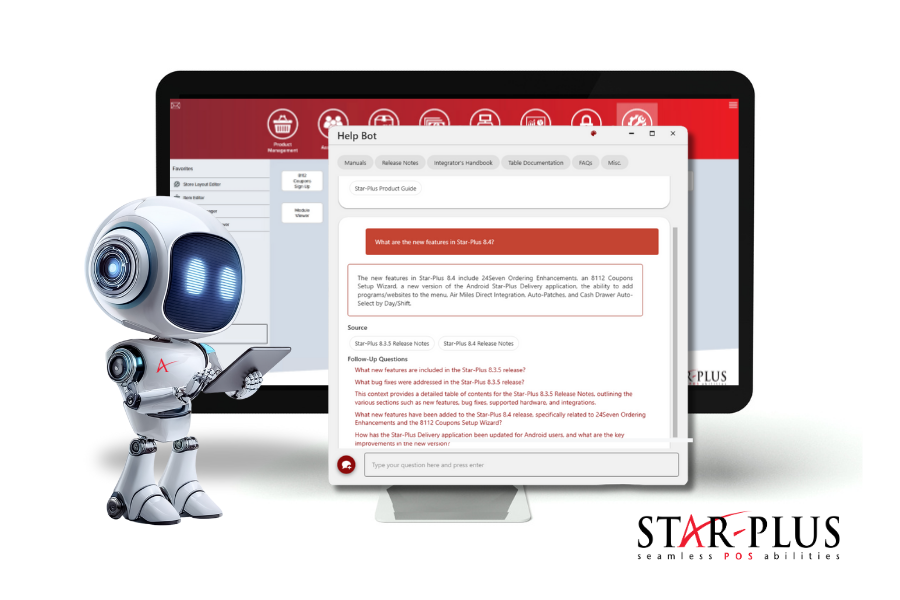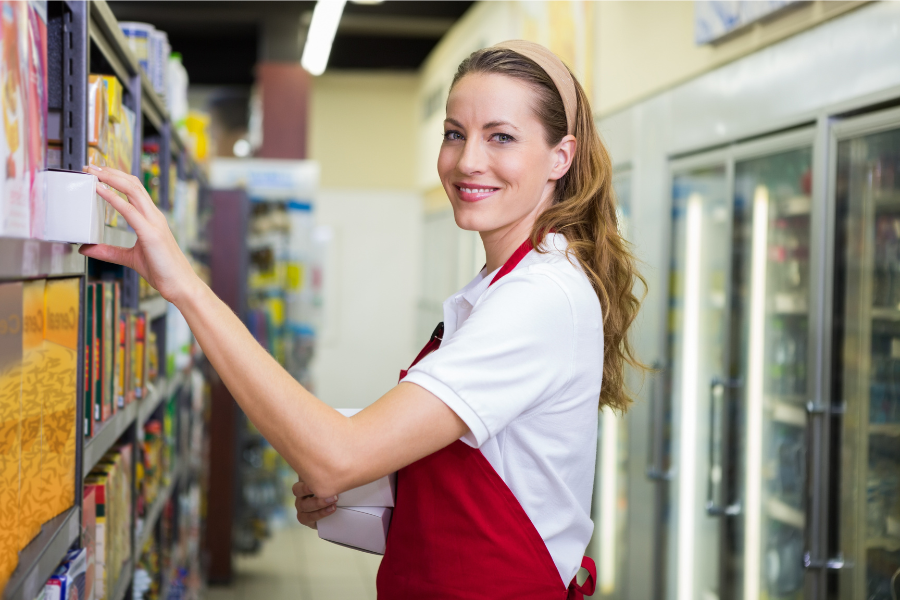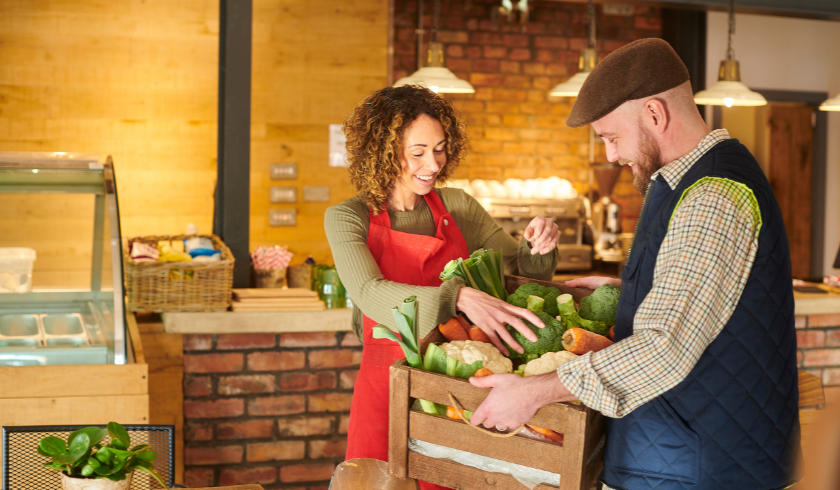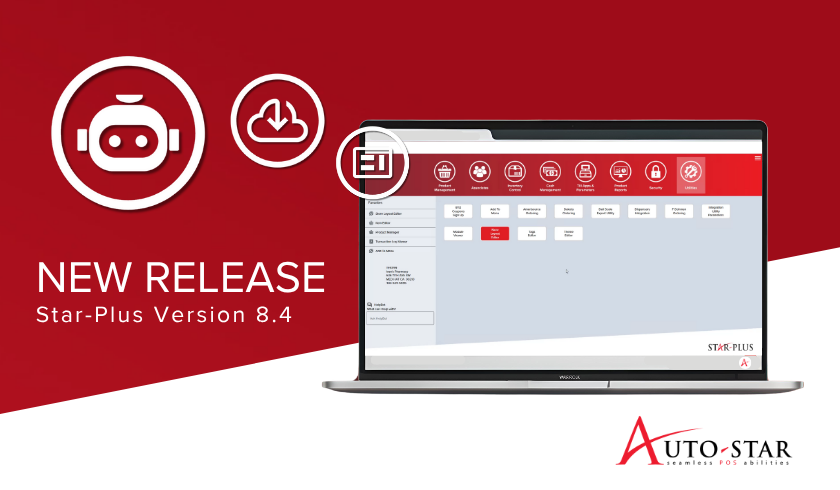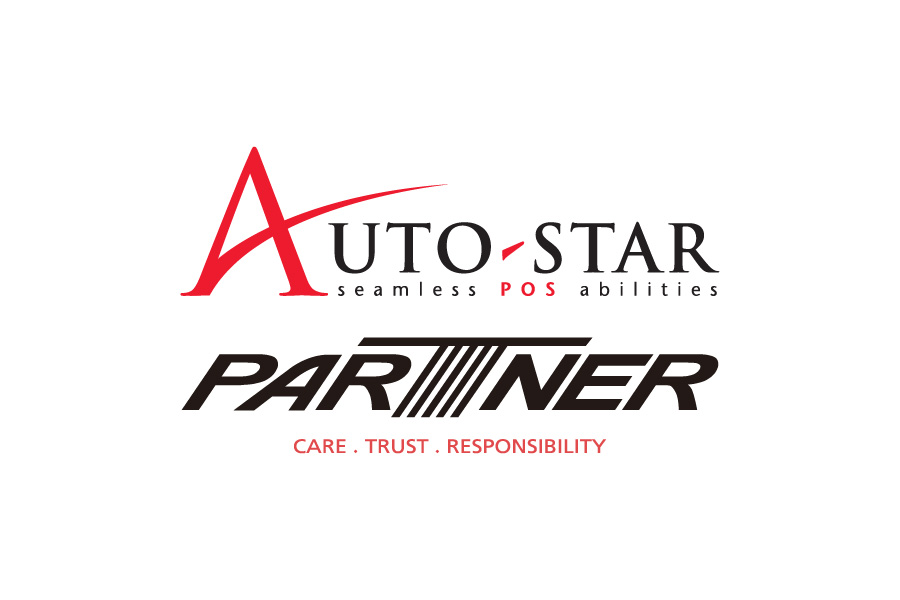Self-checkout kiosks have been transforming the grocery store checkout counter for years, modernizing the shopping experience for both customers and retailers. These automated systems offer convenience and efficiency, revolutionizing the way we interact with the traditional checkout process.
Before making the decision to invest in a grocery self-checkout kiosk, it’s crucial to understand its impact on various aspects of the shopping experience. Ask yourself these questions to see if this investment is right for your business.
1. Do Self Checkout Kiosks Reduce Grocery Store Lines?
Long queues at the checkout counter have long been a source of frustration for customers. Self-checkout kiosks present a promising solution to this problem. By allowing customers to scan and pay for their items themselves, these kiosks can expedite the checkout process, leading to shorter lines and happier customers. However, the effectiveness of reducing lines depends on several factors.
Store Layout
The store layout plays a crucial role when determining the effectiveness of self-checkout kiosks in reducing checkout lines. An efficient store layout should ensure easy access to the kiosks while maintaining a smooth flow of customers throughout the checkout area.
Kiosk Placement:
- All checkout lanes, both traditional and self-service, are near the entrance and exit of the store. However, when considering placement of new self-checkout units, place these nearest the exit doors as self-service customers tend to be quicker in lines allowing them to get to the exit without having to zigzag around those using traditional lanes. Additionally, dispersing the kiosks evenly throughout the checkout area can help distribute the customer flow and prevent congestion.
Ergonomics and Accessibility:
- The kiosks should be positioned at a comfortable height for customers of various heights and abilities. Adequate space around the kiosks should be provided to accommodate shopping carts or baskets. Furthermore, clear signage should guide customers to the self-checkout area, ensuring ease of navigation.
Queue Management:
- Efficient queue management is crucial to prevent long lines and improve customer satisfaction. Consider implementing a well-designed queuing system, such as a single-line queue or self-service lanes, to ensure fairness and optimize the use of kiosks.
Number of Kiosks Available
Determining the optimal number of self-checkout kiosks depends on various factors, including store size, customer traffic, and peak hours. Consider assessing these aspects before determining the number of kiosks to implement.
Customer Volume:
- Analyze historical data and observe customer flow patterns to estimate the average number of customers during peak and non-peak hours.
Transaction Time:
- Evaluate the average transaction time at the self-checkout kiosks. This includes factors such as item scanning, payment processing, basket size, and error handling.
Flexibility and Scalability:
- Consider the ability to scale the number of kiosks based on changing customer demands. For instance, during holidays or promotional events, additional kiosks may be necessary to handle increased foot traffic effectively.
Customer Familiarity with the System
Customer familiarity with self-checkout systems significantly impacts the effectiveness of reducing checkout lines. While some customers embrace this technology, others may be hesitant or unfamiliar with its operation. Strategies such as implementing clear instructions and signage at the kiosks can help guide customers through the scanning, payment, and bagging process. Using intuitive icons and graphics will simplify the instructions further. Additionally, enabling your kiosk to feature different languages, such as french, English, and Spanish, will allow you to cater to more customers.
Assign knowledgeable staff members to the self-checkout area to assist customers who may encounter difficulties or have questions. Through guidance, troubleshooting technical issues, and providing reassurance to customers unfamiliar with the system, your staff is helping to build customer confidence and empower them to use the new systems on a more regular basis.
2. Does Self Checkout Reduce Cash Spending?
With the rise of digital payment options, self-checkout kiosks provide customers with convenient alternatives to cash transactions. By accepting various payment methods such as credit cards, mobile wallets, and contactless payments, these kiosks reduce the reliance on cash and enhance the overall shopping experience. Additionally, the flexibility offered by self-checkout kiosks can influence customers’ spending habits.
Grocery self-service kiosks will reduce cash on hand, but that also means there will be significantly less staff reliance on handling cash. This reduction in cash handling not only streamlines the checkout process but also reduces the associated risks, such as errors, theft, and counterfeit currency.
3. Is Self Checkout Theft Avoidable?
The implementation of self-checkout kiosks in grocery stores has raised concerns about theft and loss prevention. While it is impossible to completely eliminate theft, there are effective measures that grocery stores can implement to mitigate the risk and maintain a secure environment.
Grocery stores can implement security measures such as:
- Surveillance Cameras
- Attentive Staff
- Regular Audits and Inventory Control
- Training and Loss Prevention Programs
By implementing these security measures, grocery stores can significantly reduce the risk of theft in self-checkout areas. It is important to create a secure and trustworthy shopping environment for customers while maintaining operational efficiency.
4. Do Self Checkouts Take Away Jobs?
Automation in any industry raises concerns about job displacement. The implementation of self-checkout kiosks has sparked debates regarding the impact on employment in grocery stores. While these kiosks can automate and eliminate some cashier positions, it’s important to recognize that they also create new roles and opportunities for staff members. Grocery stores can utilize their staff in:
- Attending to self checkout customers
- Assisting customers in aisles
- Restocking product to avoid out-of-stock situations
The reallocation of these positions is vital for a grocers’ success. According to IHL Groups Grocery Out-of-Stocks—Big Problems, Key Solutions. 5.9% of total retail sales are lost due to out-of-stock issues across North America. By optimizing staff to negate out-of-stock occurrences, you’re saving money and jobs at the same time.
5. How Hard is it to Get a Self Checkout POS System?
While self-checkout kiosks offer numerous benefits, it’s crucial to consider the specific requirements and challenges of your grocery store to maximize the potential of these innovative technologies. Investing in a self-checkout Point of Sale (POS) system requires careful consideration of several factors.
Budget
Determine a realistic budget for implementing self-checkout kiosks. Consider the cost of the hardware, software, installation, maintenance, and ongoing support. Assess the return on investment (ROI) and the potential long-term benefits of self-checkout technology in terms of improved operational efficiency, customer satisfaction, and revenue generation.
Choosing the Right Vendor
Selecting a reputable vendor is crucial for the successful implementation of self-checkout kiosks. Research different vendors, assess their track record, and evaluate their product offerings. Consider factors such as reliability, ease of use, security features, and compatibility with your store’s specific requirements.
Perhaps the most important part about selecting the right vendor is finding one who can manage all of your grocery technology. Find a vendor that can supply you with all the technology and support your grocery store needs, from traditional and mobile POS solutions to self-checkouts and everything in between, like scales, back office management, and customer service.
Comprehensive Support and Training
Ensure that the chosen vendor offers comprehensive support and training to facilitate a smooth transition. Training should be provided not only for store staff who will be directly involved with the kiosks but also for managers and supervisors who will oversee their operation. A reputable vendor will offer ongoing technical support, maintenance, and troubleshooting assistance to address any issues that may arise.
Self-service checkout kiosks have transformed the grocery store checkout experience, delivering convenience, efficiency, and improved customer satisfaction. By examining the impact of self-checkout on checkout lines, cash spending, theft prevention, employment, and system acquisition, grocery store owners can make informed decisions when investing in these innovative technologies.
By carefully considering the questions addressed in this blog post, grocery store owners can make informed decisions, ultimately improving their customers’ shopping experience and their own operational efficiency. Embracing self-checkout kiosks can be a step forward in staying competitive in the ever-evolving grocery store industry.

